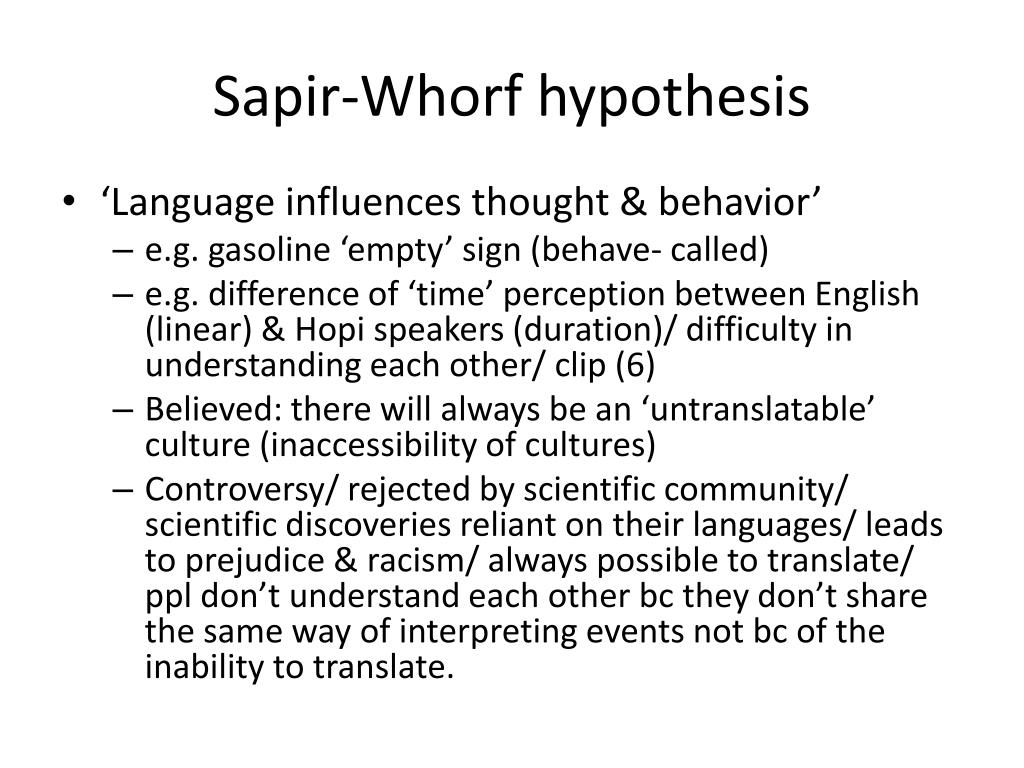

Introductionīenjamin Whorf (Whorf, 1956) and Edward Sapir (Sapir, 1985) in a series of publications in the 1930s researched an idea that the way people think is influenced by the language they speak.

Unsolved problems and future theoretical and experimental directions are discussed. Their solutions identify three types of cultures: "conceptual"-pragmatic cultures, in which emotionality of language is reduced and differentiation overtakes synthesis resulting in fast evolution at the price of uncertainty of values, self doubts, and internal crises “traditional-emotional” cultures where differentiation lags behind synthesis, resulting in cultural stability at the price of stagnation and “multi-cultural” societies combining fast cultural evolution and stability.

Approximate equations for evolution of human minds and cultures are obtained. Experimental evidence and theoretical arguments are discussed. Mathematical results are related to cognitive science, linguistics, and psychology. Neural mechanisms of these processes are suggested as well as their mathematical models: the knowledge instinct, the language instinct, the dual model connecting language and cognition, dynamic logic, neural modeling fields. A fundamental contradiction in human mind is considered: language evolution requires reduced emotionality, but “too low” emotionality makes language “irrelevant to life,” disconnected from sensory-motor experience. Conceptual and emotional mechanisms of languages are considered here along with their functions in the mind and cultural evolution. Emotional differences, as suggested in the paper, are related to grammar and mostly cannot be borrowed. Conceptual contents of languages and cultures to significant extent are determined by words and their semantic differences these could be borrowed among languages and exchanged among cultures. An emotional version of Sapir-Whorf hypothesis suggests that differences in language emotionalities influence differences among cultures no less than conceptual differences.


 0 kommentar(er)
0 kommentar(er)
